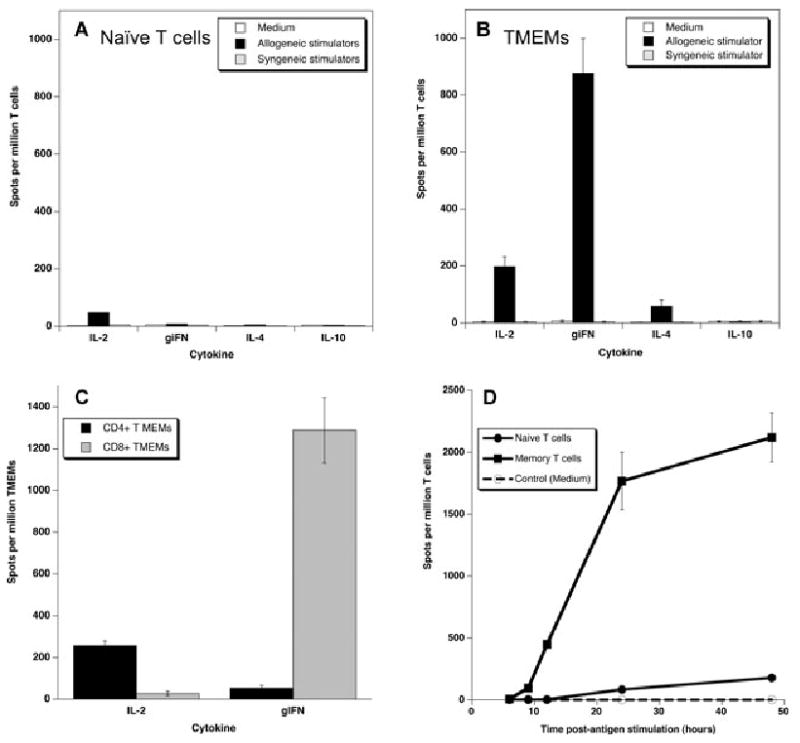Figure 3. Functional properties of alloreactive memory T cells.

(A) and (B): The frequencies of naïve (panel A) and memory (panel B) alloreactive T cells secreting type 1 cytokines (IL-2 and γIFN) and type 2 cytokines (IL-4 and IL-10) via direct alloreognition were measured using an ELISPOT assay. Negative controls included T cells stimulated with medium and T cells stimulated with syngeneic stimulators (direct pathway) or sonicates (indirect pathway). (C) CD4+ and CD8+ memory T cells were isolated by FACS sorting and tested for their ability to secrete IL-2 or γIFN upon stimulation with allogeneic stimulators (direct pathway). (D) Naïve and memory T cells were isolated and cultured for different periods of time (4–48 h) with allogeneic stimulators. The frequencies of activated T cells producing either IL-2 or γIFN were measured by ELISPOT. The data represent the average numbers of cytokine-producing spot per million T cells ± SD (based on triplicate wells). The results are representative of 3–5 monkeys tested individually in 2–3 separate experiments.
